Gather, Keep and Repeat
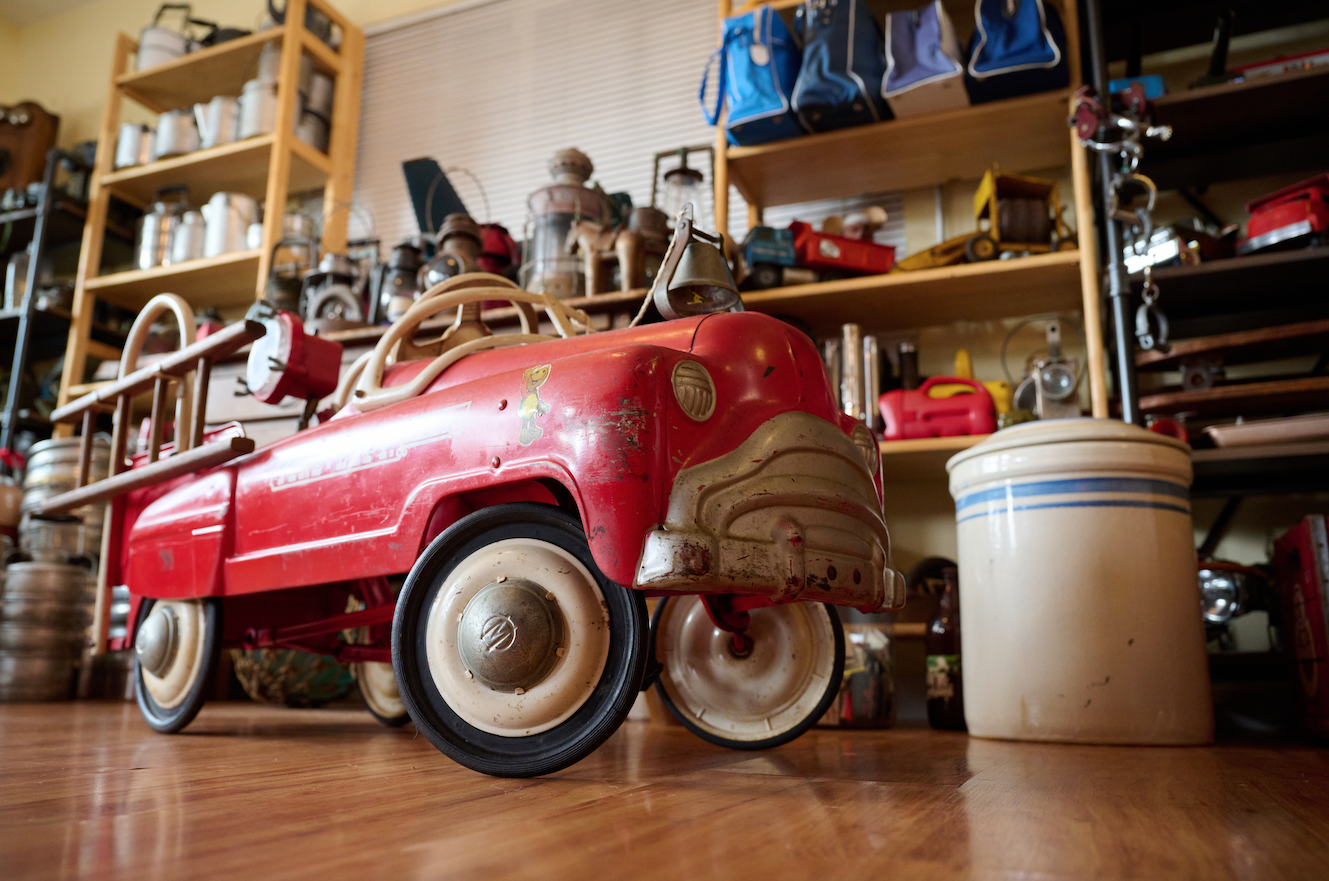
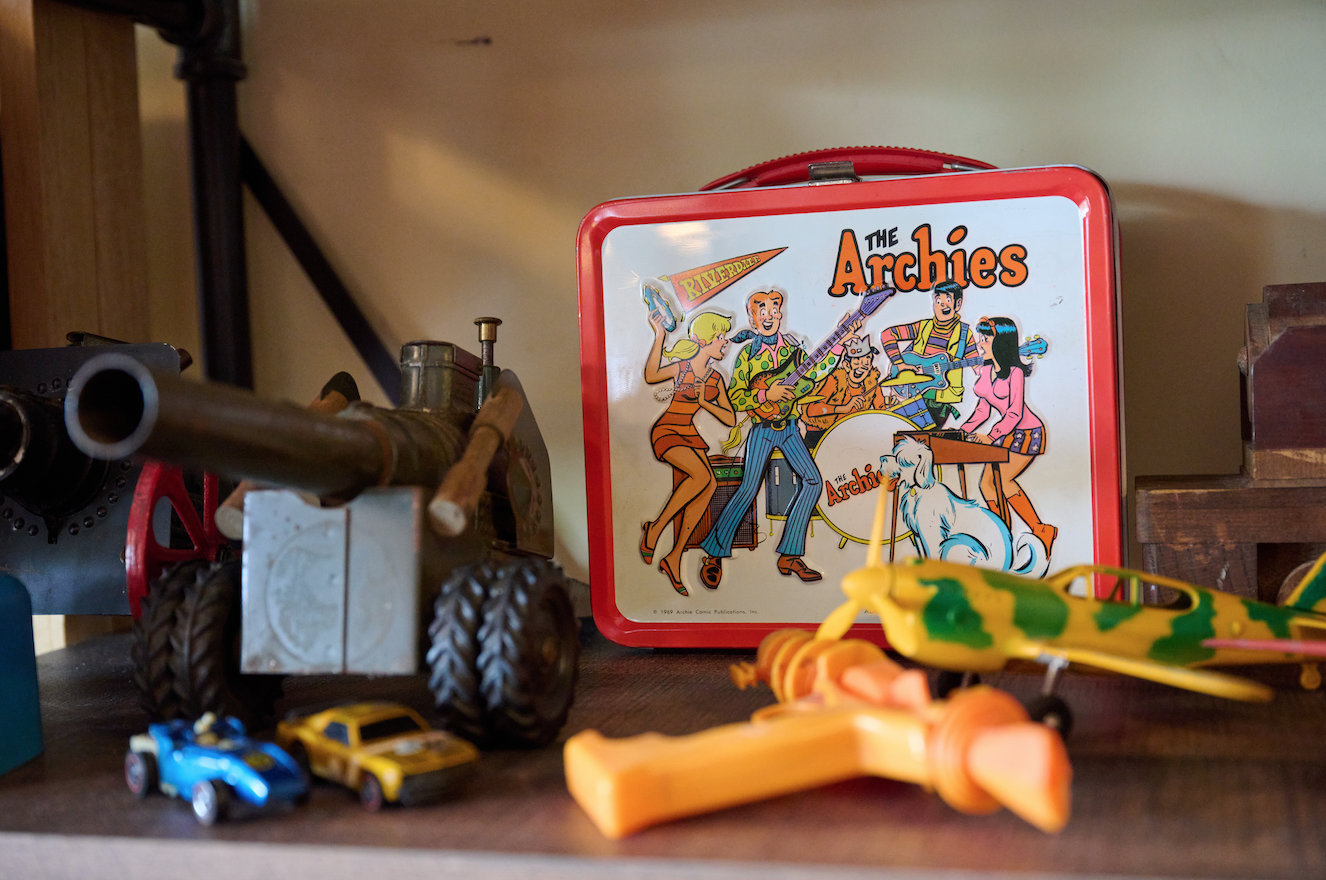

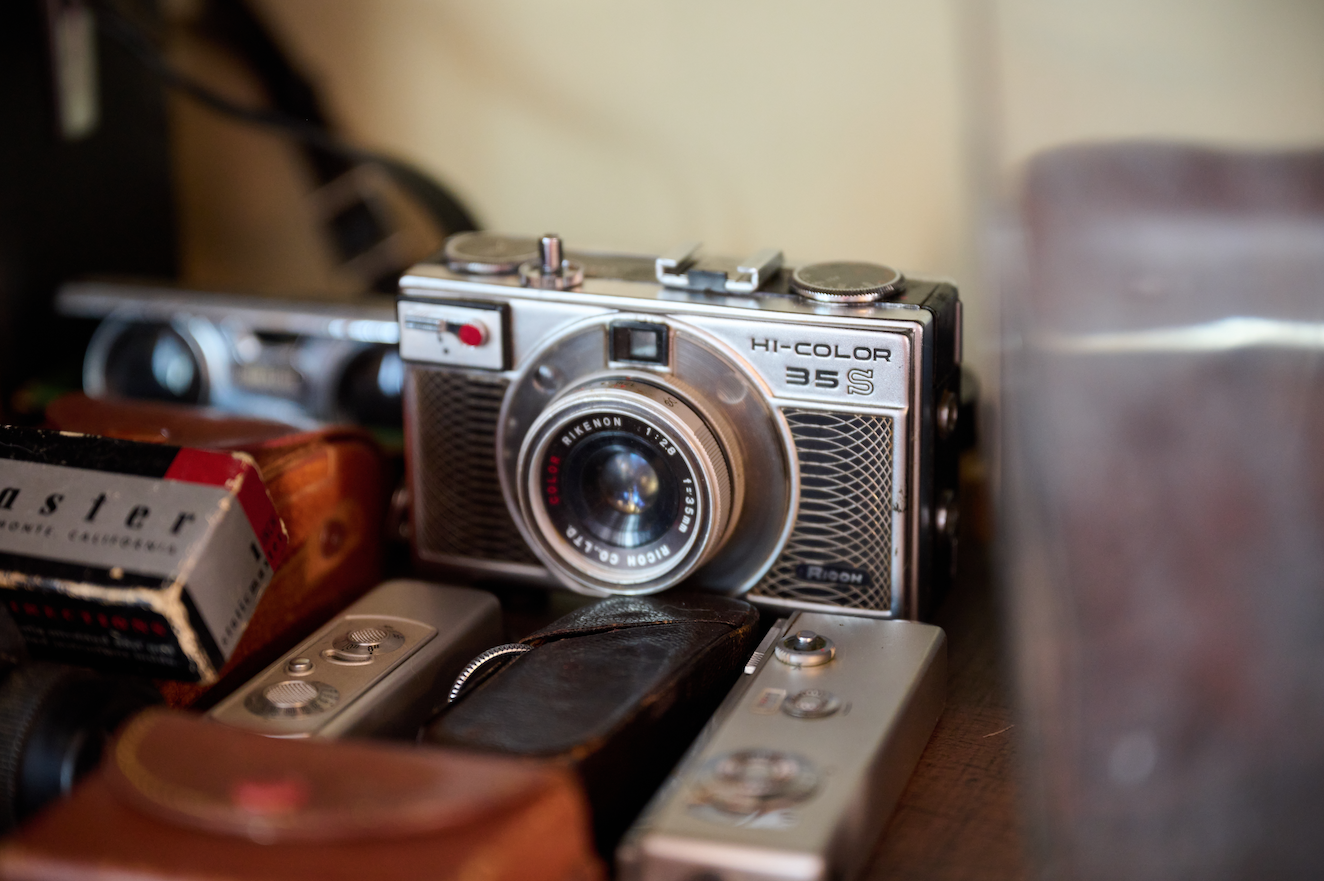
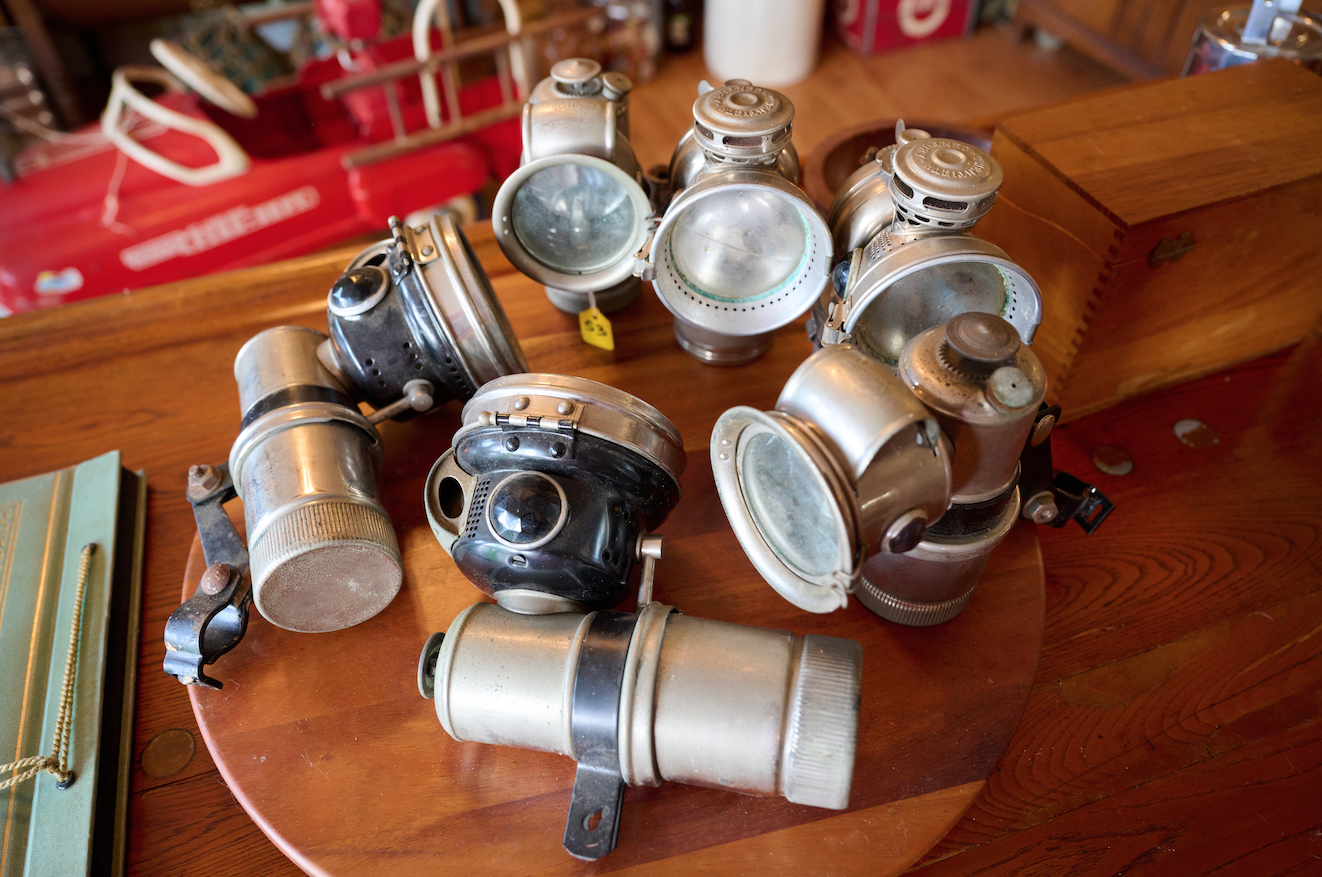


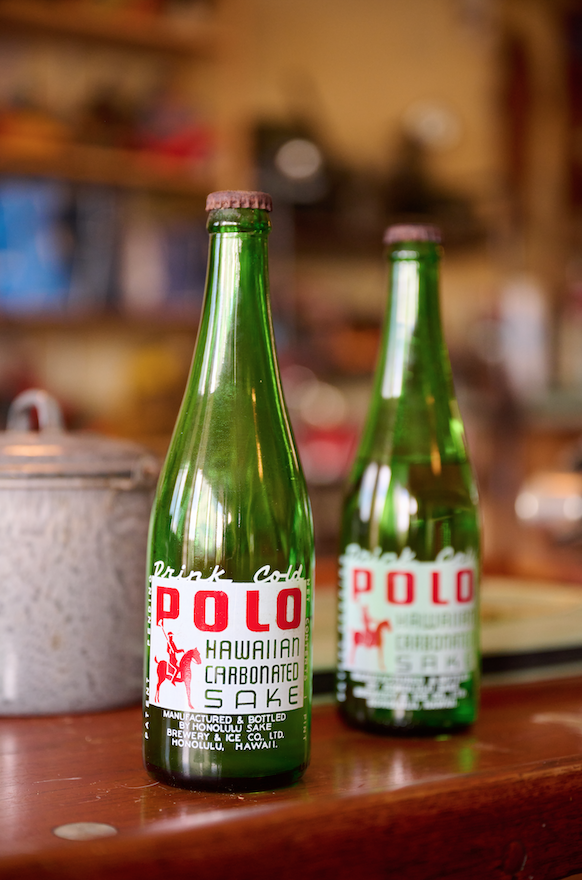
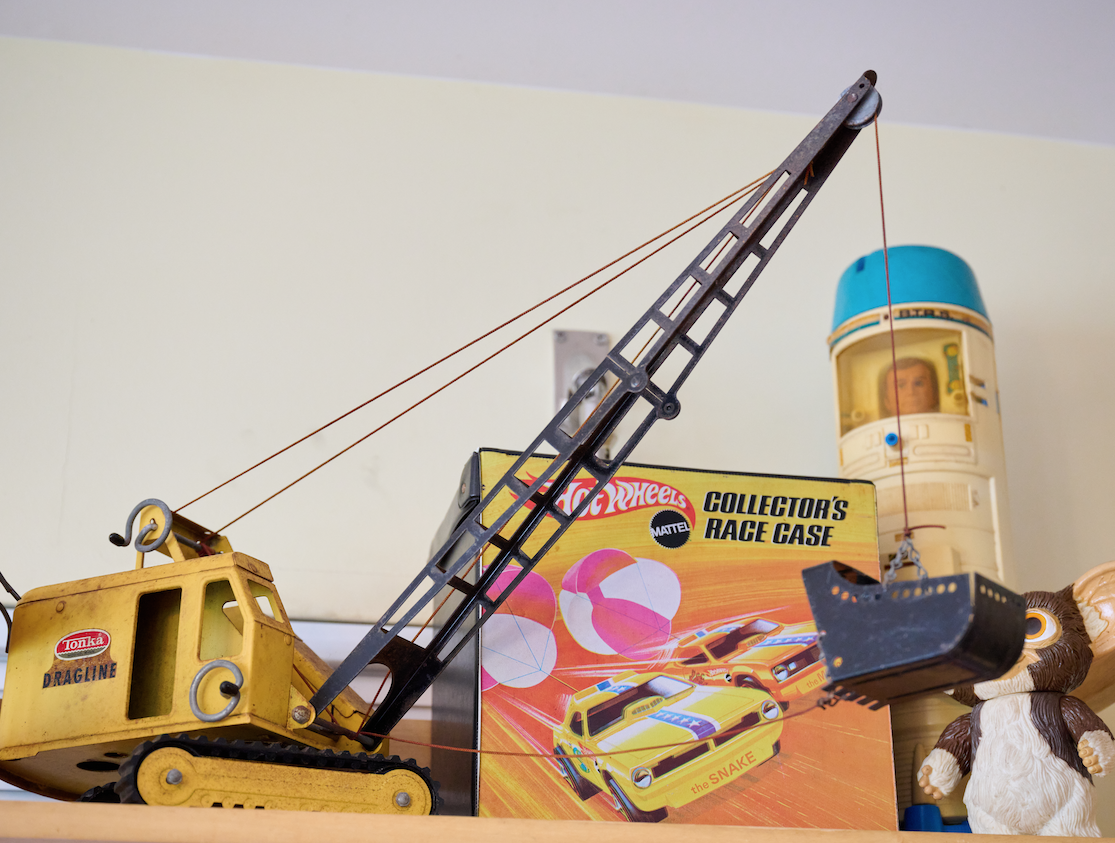
When he was a kid, John M. Cummings III remembers riding in the backseat of his family’s Ford station wagon as they drove from their home in Pauoa to the former Eki Cyclery on King Street. It was Christmastime 1976, and Cummings was excited because his parents were letting him pick out his first bike. Cummings chose a beauty: a bright blue, 5-speed Schwinn Sting-Ray, with tall handlebars, sleek chrome fenders, and an iconic curvilinear frame. He rode the bicycle around the Eki parking lot before bringing it home, where it sat under the Christmas tree until December 25. More than 45 years later, Cummings still has the bike. “It’s gotten old and rusty; I had it rebuilt at Eki before they closed,” he says. “I still ride it when I can; I’ll never forget that day my parents got it for me.”
For about as long as he can remember, Cummings has been collecting treasures. It’s a habit that started more for utilitarian reasons than a personal passion; he grew up in a house that needed a lot of repairs, so his family would often explore abandoned homes (“In 1969, there were a lot of buildings that were abandoned in the neighborhood,” says Cummings) and pull out windows or doors they could repurpose and use.
“My mother was very frugal because we didn’t have a lot of money. She was a farm girl from Canada who visited Honolulu and, one day, my father saved her from drowning in Waikiki,” Cummings says. “She moved here but couldn’t bring a lot of stuff from Canada, so she was careful about the books and other items she saved.” Cummings’ father was a supply sergeant with the Hawai‘i Army National Guard, who often brought home various militaria, such as backpacks and pouches. “A lot of this old military equipment was going into the trash at the base. Instead, my father gave them to me and I’d use it for hiking.”
Cummings quickly developed a reputation among his friends as the guy who collected military gear and old-school appliances. “I’ll come home and there’ll just be odd things on my lanai that friends will leave for me. At least three or four times a month, I’ll find something that has a note that says, ‘This belonged to my grandfather and I’m not sure what to do with it so it’s yours ’” says Cummings. He especially appreciates working appliances; among the favorites in his collection are a 50-plus-year-old military radio (which can still broadcast and receive messages) and a coral pink Swing- A-Way can opener, complete with the original box and receipt from Liberty House. (“I mounted it on the wall in my dad’s house and I use it to open cans,” Cummings says.)
“A lot of these objects aren’t the easiest to work with; even something like an old egg whisk will jam up. But, back in the day, that’s all you had. It tells you what life was like,” says Cummings. “I enjoy the tactile aspect of collecting. There’s a certain amount of satisfaction knowing if I can pick an item up and still use it, then that item still has a function, even in 2021.” For items that no longer spark the same excitement, Cummings adopts a Marie Kondo approach that is perhaps unfamiliar to many ardent collectors: he gets rid of stuff. On the third Saturday of each month, Cummings sets up shop at the Koko Marina craft fair. As “The Relicquarian,” he offers a rotating regular assortment of antiques from his collection, from toy trucks to keepsake tins to vintage metal signs. “I love learning the history about these objects and I’ll share those stories at the craft fair. Sometimes a light goes off in people’s eyes and they decide they have to buy this item and take it home. But even if I don’t sell anything all day and only just have great conversations, that’s enough for me,” says Cummings.
At the craft fair, ask Cummings about his greatest finds and he might tell you about the time he picked up a tankard at a garage sale that was engraved with the name of a Navy lieutenant commander from 1972. Cummings googled the name and discovered the commander was buried at Punchbowl, so he sat with the sailor’s grave one afternoon and shared a beer with his tankard. Or Cummings might tell you about the time he found an aluminum ashtray at the Aloha Stadium Swap Meet that came from the USS Ronquil, a Balao-class submarine that served in the Pacific Theater during WWII. After some online sleuthing, Cummings connected with several veterans who served aboard the Ronquil that didn’t know any of these specially made ashtrays survived; Cummings sent them the ashtray, where it’s now in the archives of their Veterans association.
One of Cummings’ most personal treasures is a set of metal “kau kau” lunch box tins that once belonged to his wife’s mother, who originally emigrated from China and worked in the pineapple fields.
“Many families can trace their heritage back to the plantations; Portuguese, Filipino, Korean, Japanese and Chinese workers would hang out together at lunchtime, where they could talk story and share a meal,” he says. “A lot of what we are today, as a state and as a community, began in those sugarcane and pineapple fields, over lunch in their tins.”
“A lot of things we have today are built for impermanence or ‘planned obsolescence.’ We dispose of stuff so quickly now; unless you’re buying something like a high-end wristwatch, nothing is meant to be passed down to children or grandchildren because it’s not going to survive,” says Cummings. “Having a collection is really just about taking care
of objects while we’re on this planet. For me, it’s about keeping the story alive and passing it along to someone else so maybe 50 or 100 years from now, it’s still relevant to someone. That’s what gives something life.”
